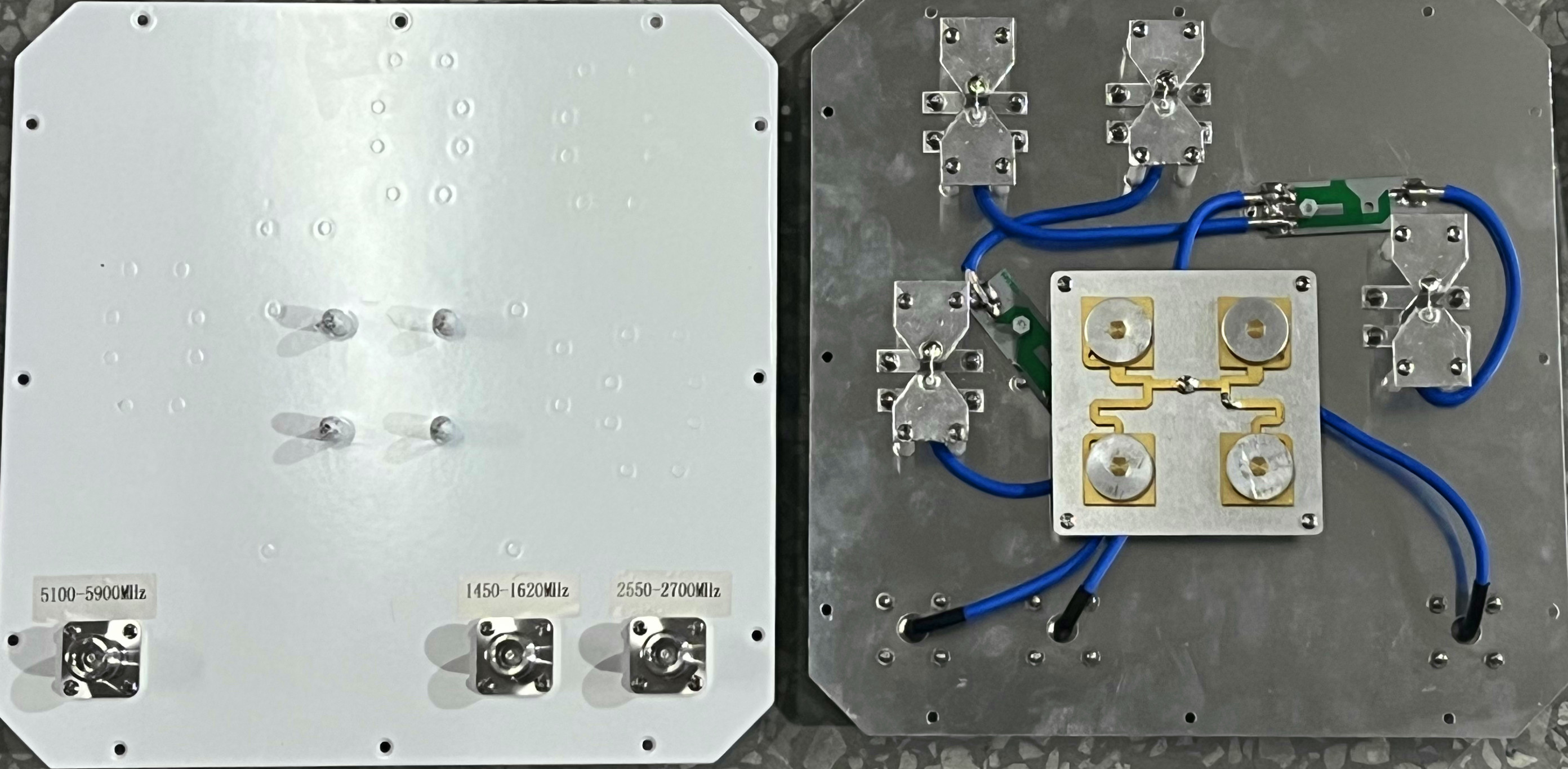
Drones are really useful for taking pictures and carrying stuff around. But sometimes, they can be a headache. To deal with this, folks have figured out how to intervene when drones are flown improperly. They invented these special antennas that can interrupt drones' signals. This article is about why UAV Interference Antennas are important, how they work, and how they use different radio frequencies to do their job.
What Are UAV Interference Antennas?
UAV Interference Antenna are like a shield against bad drones. If a drone is acting up, these special antennas can find it and shut it down by interfering with its signals.This helps keep our skies safe.
How Do They Work?
Finding the Drone: They listen for the drone's signals.
Figuring Out the Signals: They figure out what the drone is up to.
Stopping the Drone: They send out signals to confuse the drone and its controller.
What Frequencies Do They Use?
Drones use certain frequencies to talk to their controllers. UAV Interference antennas can listen for drones on these frequencies:
Wi-Fi (2.4 GHz and 5 GHz): That's for streaming video and taking your orders from the ground.
ISM Bands (433 MHz and 915 MHz): These help drones stay in touch with their ground crew.
GPS (1.2 GHz and 1.5 GHz): Drones use these to know where they're flying
Are There Rules?
Yes, you can't just jam drone signals anytime you want. UAV Interference antennas have to follow the rules and not mess with things that aren't causing trouble.
What's Next for UAV Interference Antennas?
As drones get smarter, UAV Interference antennas are getting better at stopping them. They're improving all the time to keep up with new drone technology.We need good ways to watch drones and make sure they're used safely. These antennas help us do that, making sure the sky is a safe place for everyone.
TAG:UAV Interference Antenna and Frequency Bands https://www.rfelement.com



